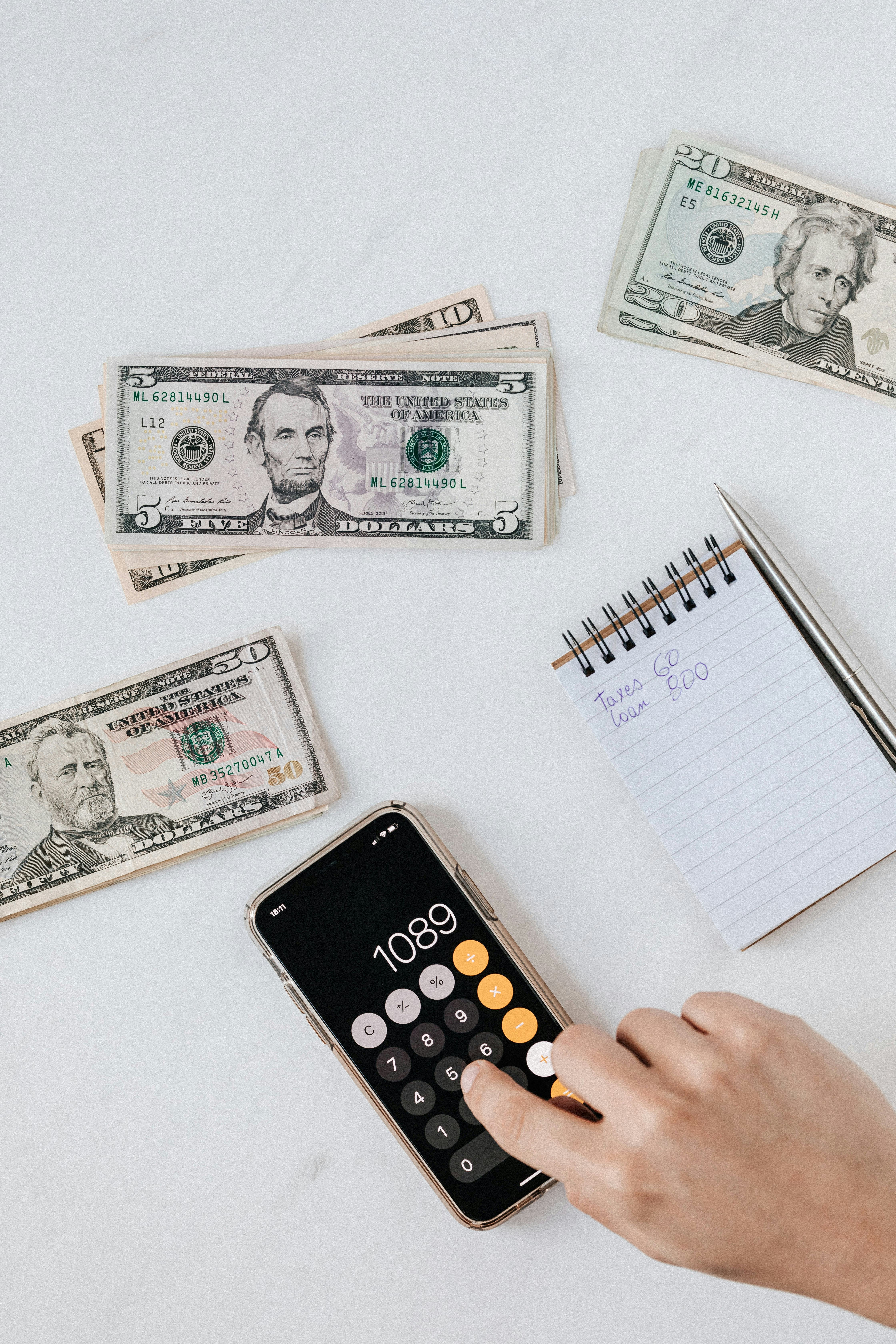Tax season is stressful. Between gathering documents, paying an accountant, or trudging through online tax software, it can be overwhelming. The hope is always to find out the IRS owes you a little cash in the form of a return and to move on until the next year.
But what about when you discover that you owe money? Anxiety and fear can take over when you have a tax debt larger than you are able to pay. Remember, you are not alone and there are resources available to help.
If you have equity in your home, a home equity line of credit, or HELOC, is a viable option to explore in order to pay your taxes. At first glance, taking a loan to pay your taxes may seem irresponsible, but a HELOC is actually more cost-effective in the long term than most other options.
Why you should consider a home equity line of credit (HELOC) to pay off your taxes:
HELOC loans are available at lower interest rates than IRS installment plans, credit cards, and personal loans
Using a HELOC to pay taxes allows you to avoid late penalties with the IRS
There are HELOCs, like Figure's, that are available with fixed1: Navigates to numbered disclaimer or variable2: Navigates to numbered disclaimer interest rates, so you can choose the rate option that works best for you
HELOCs can be processed quickly (in as little as 5 days), so you can make your tax payment without delay
Can you use a HELOC to pay your taxes?
Yes. There are no restrictions on what you can use a home equity line of credit for. Many people find it is a more cost-effective way to consolidate and pay down large debts, including tax debt, credit card debt, and student loans. This is because a HELOC is secured by your home and can be offered at a lower interest rate than unsecured loans and credit cards.
How does the cost of a HELOC compare with IRS installment plans?
The IRS has two installment repayment plans: short-term (less than 180 days) and long-term (more than 180 days). With both plans, you will pay initial fees and continue to pay a monthly late penalty until the balance is paid off. In addition, the current IRS interest rate is 7%, compounding daily.
In contrast, interest on a HELOC typically compounds monthly, meaning less overall interest will be added to your balance. Fees on a HELOC are generally lower than those on a payment plan, and, in addition, you won’t be paying monthly late penalties to the IRS.
There are HELOCs available to those with good income-to-debt ratios with interest rates as low as 5%, and funds can be available within 5 days if you work closely with your lender.
Things to consider when using a HELOC to pay your taxes
How much equity do you have in your home? Equity is the difference between your current home value and how much you owe on your mortgage(s). You need to have some equity built up in order to receive a HELOC. Most HELOC lenders will offer up to 80% of your home equity in the form of a line of credit.
Will you be able to make monthly payments? This is critical because a HELOC is secured by your home. This means that if you fail to make payments, you could risk foreclosing and losing your house.
Does the HELOC you are considering penalize for early repayment? Some HELOCs have penalties for early repayment and others do not. If your goal is to pay off the debt as quickly as possible, you need to understand if your lender allows for early repayment without penalties. Figure offers a flexible HELOC with no prepayment penalties and fixed1: Navigates to numbered disclaimer or variable2: Navigates to numbered disclaimer interest rates for those eligible.
What interest rate do you qualify for? Lenders will look at your credit score, income-to-debt-ratio, and loan term to determine what interest rate they will offer. Before making a final decision, make sure you will get an interest rate lower than that charged by the IRS payment plans.
Will you be tempted to get yourself into further debt? In the case that the HELOC you qualify for is larger than the amount that you owe in taxes, think about if you will be tempted to spend that money. When money is available, it can be easy to overspend and wind up even further in debt. Look to your past repayment history to predict if you will be able to repay without overusing HELOC funds.
Do you understand how a HELOC works? HELOCs, home equity loans, and cash-out refinances are the most common ways to unlock cash from the equity you have built in your home. Learn about the differences to make sure you are making the best choice available to you.
